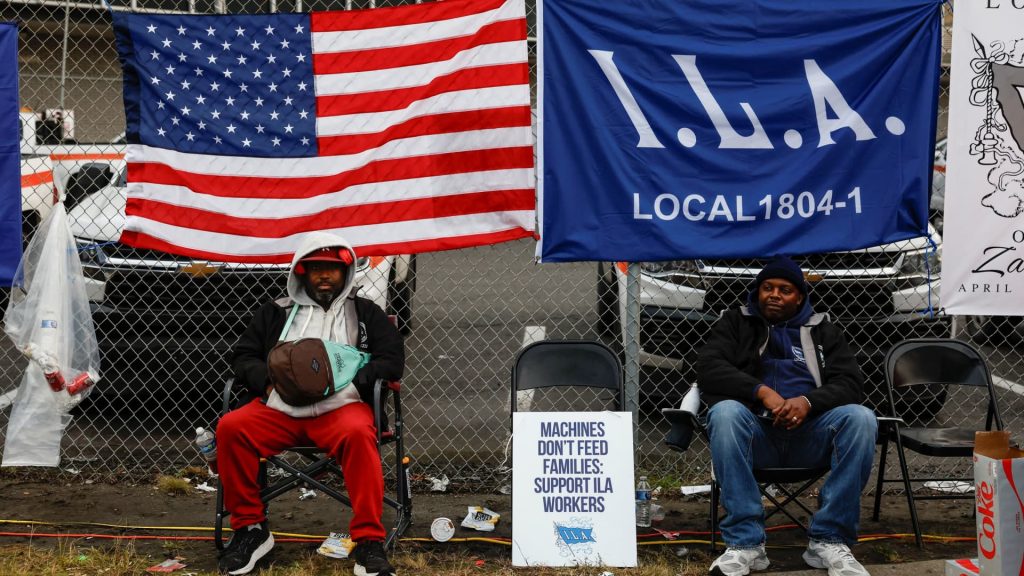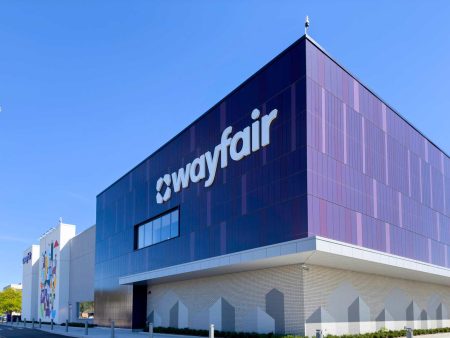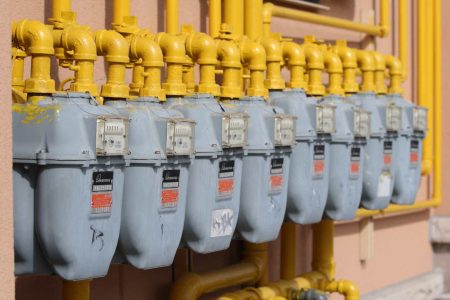The International Longshoremen’s Association (ILR), representing about 45,000 dockworkers, initiated its first large-scale strike in 47 years — disrupting supply chains ahead of the holiday shopping season. Walkouts at 36 ports along the East Coast and the Gulf Coast, spanning from Maine to Texas, began early Tuesday morning after negotiations failed to produce a new labor contract by the midnight deadline. The ILR wants a 77% pay raise over the six years of a new contract and a ban on automation. The United States Maritime Alliance (USMX), which represents the port owners, offered 50% and promised to limit automation in line with the previous contract. The USMX defended its offer in a Tuesday afternoon statement: “Our current offer of a nearly 50% wage increase exceeds every other recent union settlement, while addressing inflation, and recognizing the ILA’s hard work to keep the global economy running.” Perhaps the port owners were referring to the labor deals that were forced upon U.S. automakers to end last year’s strikes by their unions. Club holdings Amazon , Costco , Home Depot , and Best Buy have been preparing for the port strike for months — attempting to blunt any fallout it might have on their abilities to get goods from overseas. For now, we’re satisfied that our retailers have taken adequate precautions. “We’re not concerned about the impact a strike could have on our stocks,” said Jeff Marks, director of portfolio analysis of the CNBC Investing Club. It’s reasonable to have concerns about how port issues can lead to a ripple effect across the supply chain from the ocean carriers that bring in the goods to the retailers that sell them. More than half of the imports into the U.S. for discretionary categories like apparel and home products are most exposed, Barclays analysts said. They added that 60% to 70% of those imports arrive at East Coast and Gulf Coast ports. A long-term strike could cause real problems, but the “probability of that at this point is not high,” said Seth Basham, an analyst at Wedbush. To put things in perspective, for retail goods, the East Coast ports are less utilized than the West Coast ports, Basham said. Retailers that have already started diverting to other ports or bringing in goods earlier are in a “better position to have leverage over the shippers,” he added. “Most retailers, they kind of know the game already,” Lorraine Hutchinson, retail analyst at Bank of America Merrill Lynch, said on CNBC. “If you look at peak import shipping times, it’s August. They’re ready for holiday already. Most of their holiday receipts have come in between July, August, and early September, and are making their way to the retailers’ distribution centers and then to the stores.” Costco has been doing exactly that. “Our buyers are all over it. They’re watching it closely and we’ve taken as many preemptive measures as we could to prepare for this,” said Costco CEO Ron Vachris during the company’s latest post-earnings call on Sept. 26. “We’ve got contingency plans. We’ve cleared the ports. We’ve pre-shipped.” Amazon is also taking a proactive approach to managing its inventories. The company is likely “ramping up inventory as we speak,” said Marc Wulfraat, CEO of supply chain and logistics firm MWPVL. Amazon has added 24 million square feet of storage space around the country known as “international inbound cross centers,” which are designed to hold inventory in anticipation of supply chain disruptions, such as a port strike, Wulfraat explained. Home Depot has a similar warehouse model that covers over one million square feet to store inventory ahead of time. According to Wulfraat, these spaces allow companies like Home Depot to stock up early, especially for situations like potential port strikes, so they have inventory ready before it’s needed. Best Buy has the “highest exposure in terms of the percentage of merchandise they sell that is imported at about 90%, so they undoubtedly could be pressured if they aren’t able to adapt to these changes,” Basham said. Due to its size, however, Best Buy often gets priority from its shippers, which could help secure goods faster than smaller competitors. To be sure, Wedbush’s Basham warned that even a “one-day strike could lead to 5-days’ worth of backlog of cargo,” while a one-week strike could lead to delays of over a month. An extended strike could “lead to inflation in certain classes of goods as supply chains try to rebalance by shifting those incoming ships to West Coast ports,” he said. While the risk of a prolonged strike appears low, nobody wants a repeat of the extended shipping times that happened during the Covid pandemic and caused retailers a lot of pain. (Jim Cramer’s Charitable Trust is long COST, AMZN, HD, BBY. See here for a full list of the stocks.) As a subscriber to the CNBC Investing Club with Jim Cramer, you will receive a trade alert before Jim makes a trade. Jim waits 45 minutes after sending a trade alert before buying or selling a stock in his charitable trust’s portfolio. If Jim has talked about a stock on CNBC TV, he waits 72 hours after issuing the trade alert before executing the trade. THE ABOVE INVESTING CLUB INFORMATION IS SUBJECT TO OUR TERMS AND CONDITIONS AND PRIVACY POLICY , TOGETHER WITH OUR DISCLAIMER . NO FIDUCIARY OBLIGATION OR DUTY EXISTS, OR IS CREATED, BY VIRTUE OF YOUR RECEIPT OF ANY INFORMATION PROVIDED IN CONNECTION WITH THE INVESTING CLUB. NO SPECIFIC OUTCOME OR PROFIT IS GUARANTEED.
The International Longshoremen’s Association (ILR), representing about 45,000 dockworkers, initiated its first large-scale strike in 47 years — disrupting supply chains ahead of the holiday shopping season.
Read the full article here














